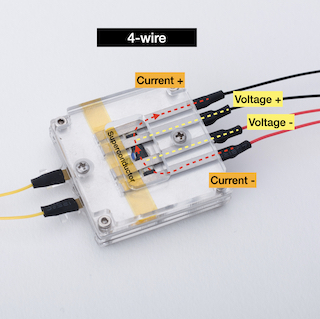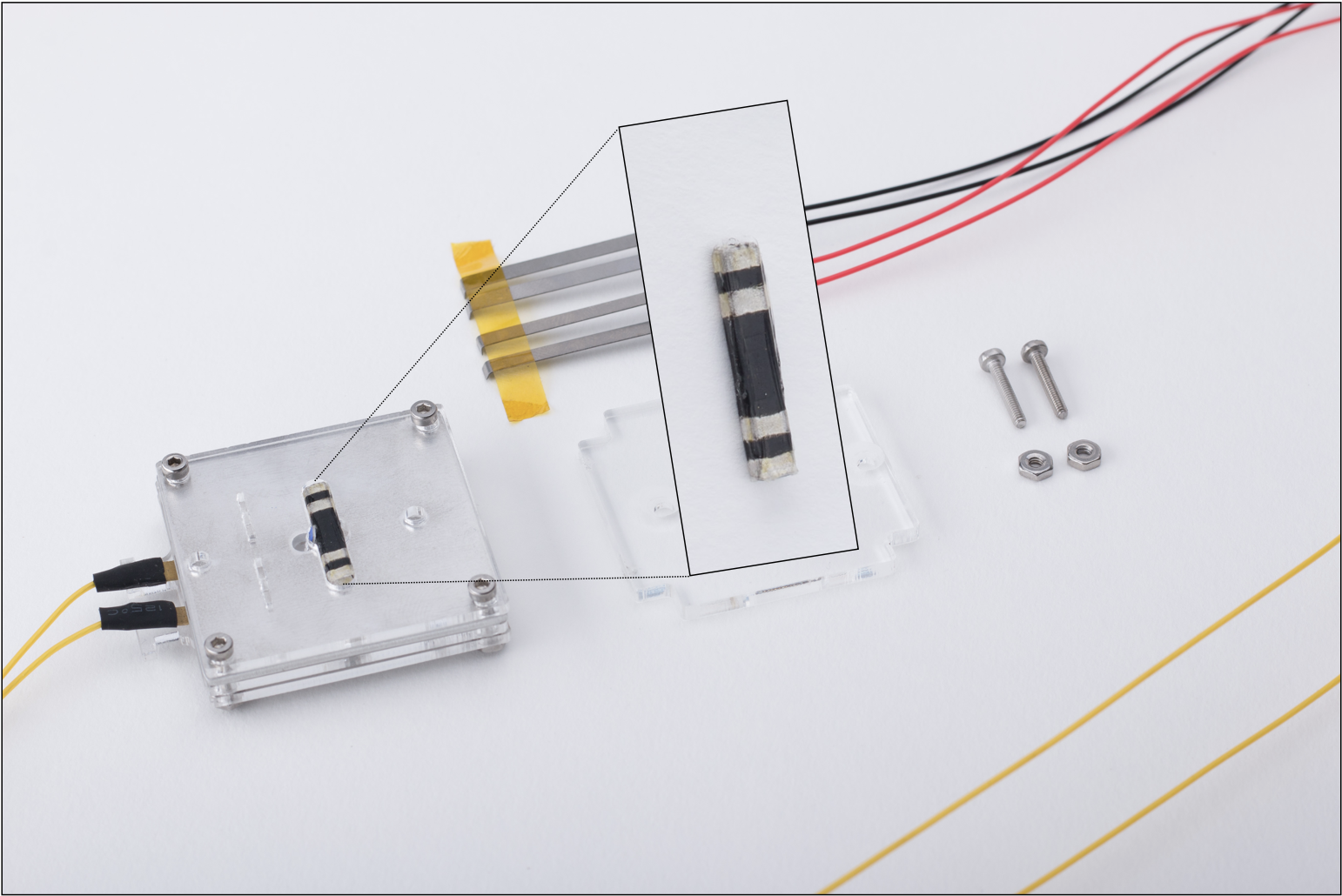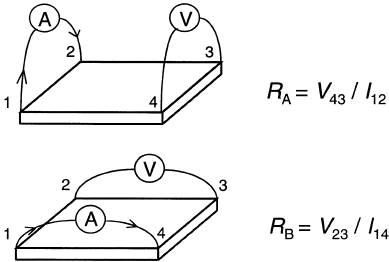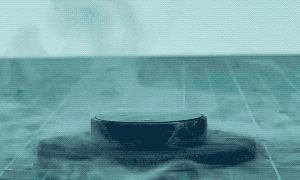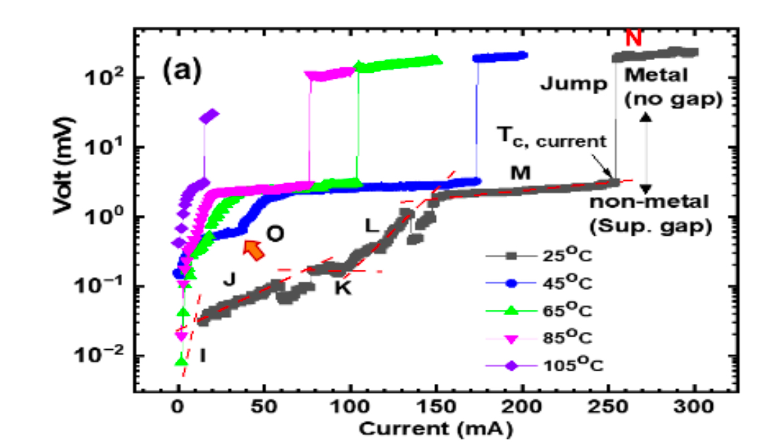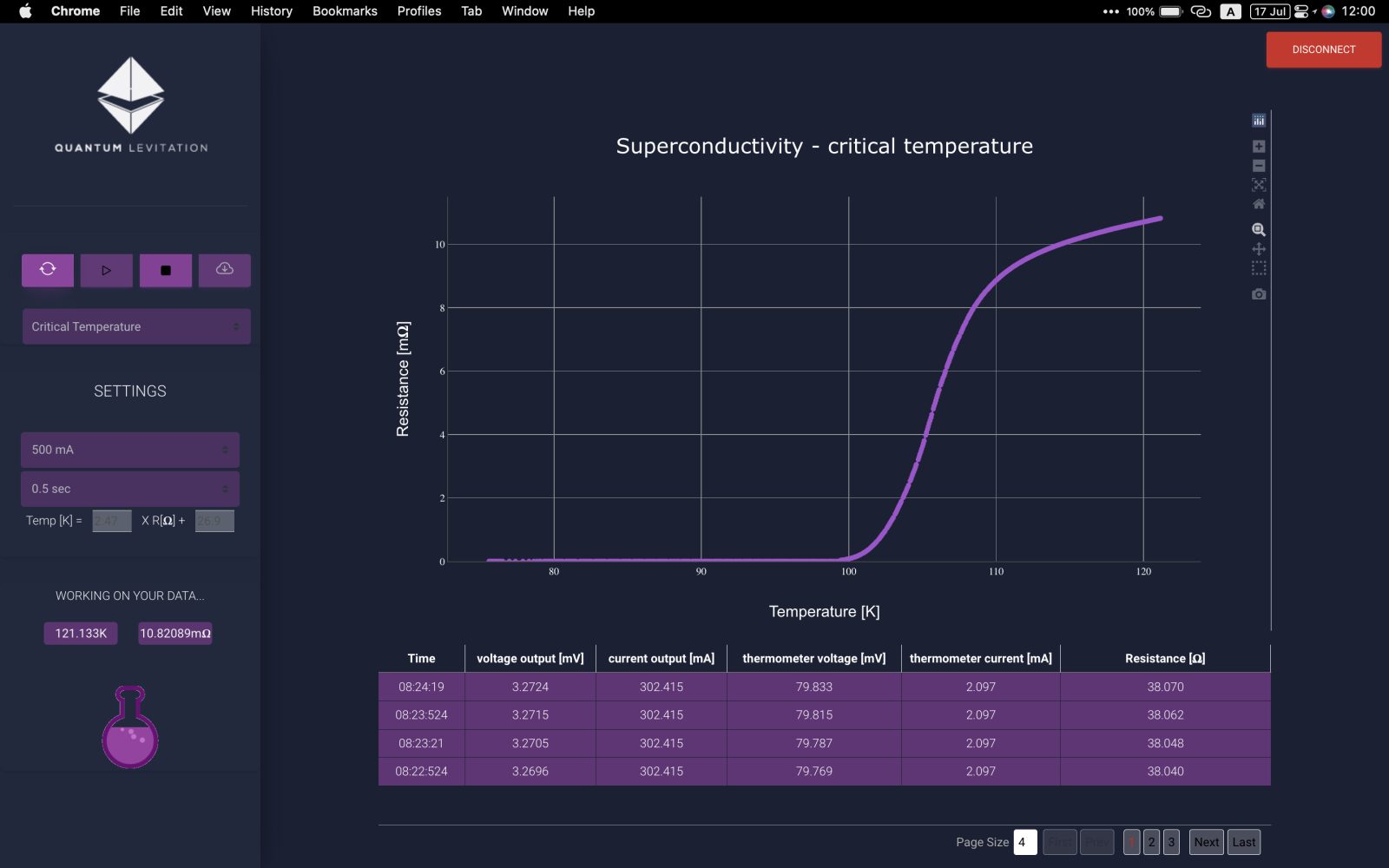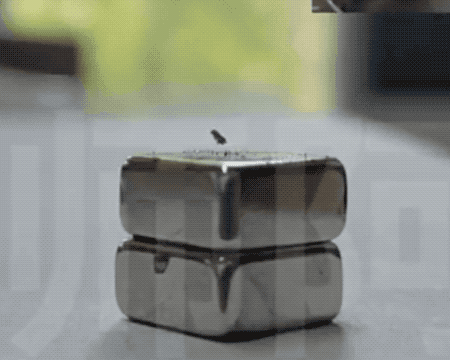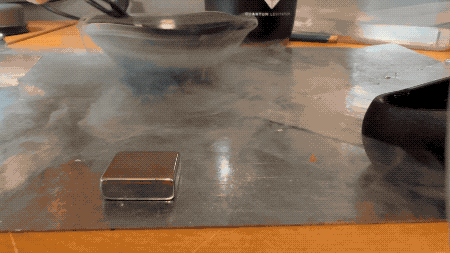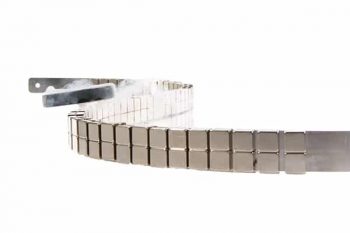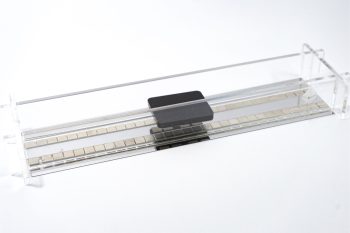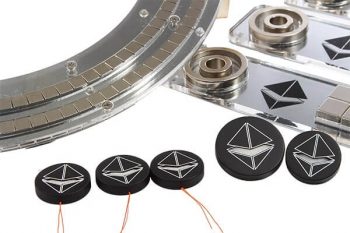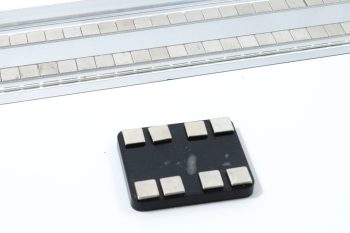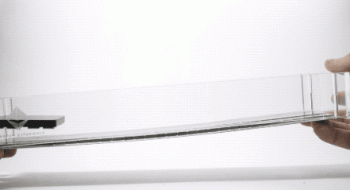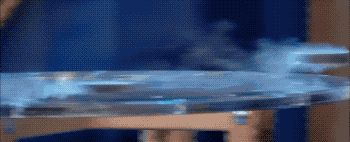The scientific world is in turmoil. Room temperature superconductivity has been discovered.
Or so it seems.
A group of scientists from South Korea (Sukbae Lee, Jihoon Kim, Hyun-Tak Kim, Sungyeon Im, SooMin An, and Keun Ho Auh) published two pre-print (not peer reviewed yet) manuscripts describing what they claim is the first room temperature, ambient pressure superconductors.
The promise of room temperature superconductors is, of course, huge:
- Create efficient electronic devices that do not dissipate heat (just think of your computer and how it heats up when it works hard).
- Transfer huge amount of energy (current) from afar without dissipation, e.g. spread solar and wind energy sources across the globe and transfer the electricity thousands of kilometers/miles to where it’s most needed.
- Create enormous magnetic fields for MRI machines / particle accelerators / fusion energy device / etc. without the need for expensive and cumbersome cryogenics.
And much more.
What makes a superconductor a superconductor?
Any superconductor is characterized by 2 intrinsic properties:
- Zero dc electrical resistance
- Meissner effect
Both are not trivial to measure. Let me explain why.
1. Zero dc electrical resistance
Measuring the lack of resistance is like measuring the lack of a signal. You need to have a suitable measurement setup that will not be affected by the measurement itself or by the surroundings. The most common way to measure the electrical resistance of a superconductor directly is the 4-wire technique – inject current into the SC using two current leads and probe the voltage using two separate contacts.
For the 4-wire measurement to be affective several conditions must be met:
- Reliable electrical contacts. This usually means that the contact resistance is not too large ( Ohmic contacts) and that it stays connected during cooling/heating cycles. This is especially challenging with ceramic dielectric (electrical insulating) materials such as the new superconductors. e.g. the conductivity of the new LK-99 material is x10,000 worse than gold –
Gold resistivity is ~2 x 10-6. [Ohm*cm] vs. LK-99 which is ~2 x 10-2
To overcome this challenge we need additional conductive coating (e.g. silver/gold layer ) on the superconductor surface. See for example the image above of a piece of superconducting BSSCO.
- The shape of the conductor must be a bar shape – i.e. the width & thickness << length.
If the conductor is more rectangle in shape (width ~ length), then the current spread across the material is not well defined and there is a good chance that the voltage probes will not measure the correct potential drop across the sample.
For an arbitrary shape that does not meet this criteria another technique was developed – The Van-Der-Pauw technique.
2. Meissner effect
The Meissner effect is an intrinsic property of the superconductor that stems from the fact that it’s a lower energy state of the matter. The superconductor ‘uses’ its ability to drive currents without loss of energy to push away any magnetic fields from its body, thereby preserving the lower energy superconductivity state.
The Meissner effect is the perfect diamagnetic response, the SC becomes an opposite magnet and repels any external one. Regardless of polarization. The repelling forces induced by the Meissner effect caused a non-stable levitation (like a spring loaded repulsion).
A demonstration of Meissner repulsion
Stable levitation is only achieved in type II superconductors when the Meissner effect is combined with flux pinning. The pinning is a unique phenomena to certain superconductors and allows superconductivity to coexist side-by-side with magnetic fields.
Weak areas inside the SC – grain boundaries, imperfections, etc. become trapping points to external magnetic flux where superconductivity is locally destroyed. Since SC is the preferred (minimum energy) state, any movement of the flux lines outside the pinning centers will result in an increase of the energy – hence a returning force is created. Just like a spring applies a returning force when it is compress or extended.
Flux pinning is a sign of type-II superconductivity but is not an intrinsic SC property.
Issues with the recent room temperature publications
Everyone (and I mean everyone) is excited about the new LK-99 discovery. However, there are many questions about the recent publications that must be addressed.
No zero resistance measurement
There is only one measurement shown of the resistance vs. temperature of the new SC.
And it doesn’t show an actual zero electrical resistance. Many explanations are given but the fact remains – no zero dc resistance is observed.
Fig. 6(a) https://arxiv.org/abs/2307.12037
In an attempt to convince that there is an actual zero resistance (voltage) another measurement of a different sample is shown. This out of context measurement may or may not be superconducting.
Additional data of the V(I) curves (the voltage measured at various input currents) shows a finite resistance (non-zero) even at the lowest currents (below the critical current):
Fig. 1(a) https://arxiv.org/abs/2307.12008
Problematic 4-wire measurement setup
There are two mentions of the actual resistance measurements:
“Figure 5 shows the temperature dependence of the resistivity of sample 2 (4.8 x 10.1 x 1.2mm) measured at 30 mA by the four-probe method. ” [https://arxiv.org/abs/2307.12037]
And –
“4-point probe measurement was performed with 4 four pogo test probes (YoungJinSa, Inc., Korea) insulated from each other and arrayed in one line with the same distance (1.2mm). “ [https://arxiv.org/abs/2307.12008]
The geometry of the sample is a rectangle and using the 4-wire setup is problematic. Additionally, making physical contacts without any metallic coating (just by “pogo probes”) is very difficult.
Further more, as stated:
“Also, a thin film of LK-99 was fabricated on the precision glass plate by a thermal vapor deposition process (UNIVAC, Korea). ”
Creating a thin film sample that preserves the same superconducting properties as the bulk material is a huge task that takes many trials and a long time. No technical details were given for the thin film deposition (temperature, pressure, gases, annealing process, target material, etc.) or its properties.
Transition to the superconducting state is too sharp
As the authors mention in https://arxiv.org/abs/2307.12008:
“Moreover, since LK-99 has a polycrystalline morphology shown in Figure 2, the non-uniform resistivity of the bulk samples can be explained as inter-grain boundaries, intergranular vortex flow, free vortex flow(18-20) of polycrystalline superconducting phase. ”
The transition to the superconducting stage of a non-uniform, polycrystalline sample is expected to be gradual and span several degrees at best. The same goes from the critical current values across the bulk image which is highly affected by the different grains (doping) and the boundaries between them (angle, quality, etc.). Hence one might expect a gradual transition both in temperature and current.
As an example, below is a typical transition curve of a bulk BSCCO superconductor. This is a highly homogenous sample. A new material is expected to have much worse homogeneity (wider transition):
A typical critical temperature measurement using 4-wire technique
Questionable flux pinning levitation video
Even more recently, a video showing an actual levitation, including what might be flux pinning, emerged online:
https://twitter.com/Andercot/status/1687740396691185664?s=20
This video raises even more questions –
The levitating sample is much smaller than the magnets. Assuming the magnets are uniformly magnetized, the magnetic field across most of the surface is uniform. A flux pinned superconductor that is much smaller than the lateral size of the magnet – will be able to freely move along identical field lines. See the video below.
A flux pinned SC moves freely across a single magnet
A complete locking in 3D, like seen in the published video, is expected only if the magnetic field is highly non-uniform in ALL directions (up-down AND lateral) on a length scale of the superconductor sample. This does not seem to be the case.
